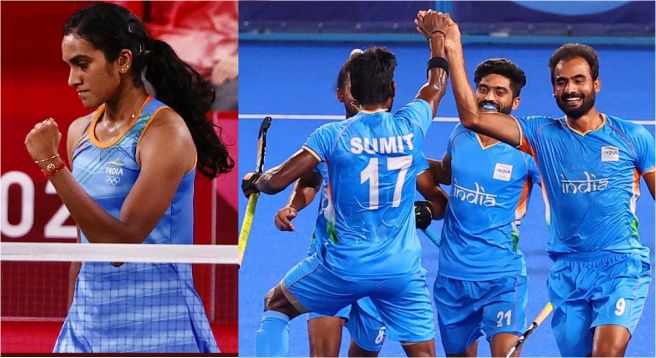After the initial euphoria of a silver medal in weightlifting — courtesy Mirabai Chanu — on the day action began at the Tokyo Games 2020, there have been little to really cheer about as Indian medal hopes flattered to deceive — till boxer Lovlina Borgohain (medal assured but not decided till Sunday evening as her final bouts are yet to be fought) and shuttler PV Sindhu came along.
Having lost a fight for a berth in the final round for the gold medal, Sindhu brushed aside her disappointments a day later to defeat her Chinese opponent in straight sets for the bronze medal, thus becoming the first Indian woman athlete to win two Olympics medal (which itself is an issue to be debated for another time as to why the lack of repeat medal performers).
With the men’s Indian hockey team too now in the medal hunt, Indian can certainly have something to remember the Tokyo Olympics by.
These sparks are few and far between in what was supposed to be a fab outing for India in the Olympics. At least as per projections made by a foreign research company.
However, India is definitely there on the Olympics map – and quite prominently — as far as digital engagements in Tokyo Games is concerned.
India is emerging as a rapidly growing consumer of the Tokyo Olympic Games, with the biggest digital engagement of any country and potential for further growth, Olympic broadcasting chief Yiannis Exarchos said on Friday.
While India, with its 1.35 billion population, almost equaling that of China, is by no means an Olympic powerhouse on the field of play with only two medals so far in Tokyo, it leads the race in digital engagement, Reuters reported from Tokyo.
“India on our platform is our number one country even more than Japan,” Exarchos, who heads Olympic Broadcasting Services (OBS), the producers of the Games feed provided to broadcasters around the world, said in an interview with Reuters. He is also in charge of the Olympic Channel.
“There are markets which are oversaturated, over-mature, they understand the Games very well,” he said, adding, “There are still areas in the world where there are margins of development. India is still a part of the world that more can be done in making the Games more accessible and getting more engagement.”
While traditional TV audience in several major markets around the world has fallen since 2016, as viewing becomes more fragmented and athletes compete in Japan when viewers are mostly asleep in the United States and Europe, India is on the rise when it comes to digital engagement with the Olympics.
Digital Increase: “Tokyo is clearly the first Games where I see such a big engagement from India. It is multiple orders of time more than it was in Rio de Janeiro (in 2016),” he said, “That for me is one of the major achievements of these Games and there we are talking about serious numbers.”
The Indians have embraced virtual engagement, sending more cheers, claps and videos that are displayed in the competition venues than fans from any other territory.
Olympics social media posts generated more than 2 billion media engagements in the first three days of the Games alone in a series of virtual fan engagements, developed to improve the atmosphere within the venues after ticket-paying spectators were banned by Japanese authorities due to the COVID-19 pandemic.
“Most of the in-venue cheers and videos come from India,” Exarchos said, adding, “These are very clear numbers and they speak for themselves.
There is a country ready to love the Olympics as much as everybody else and there is still a lot of work to be done.”
Fan engagement will remain in place for next year’s Beijing 2022 winter Olympics too even if spectators are allowed back in the arenas, he said.
“The sense that someone is 10,000 km away but still can have an impact on the competition… this has a value that will remain.
“Until now digital allowed more flexibility, allowed you more content. Now it does allow for this loop to be closed from venue to broadcaster to the fan but now from the fan back,” the OBS chief said.
Thus, it would be very interesting to analyse the TV and digital audience data from India as and when they are made public.
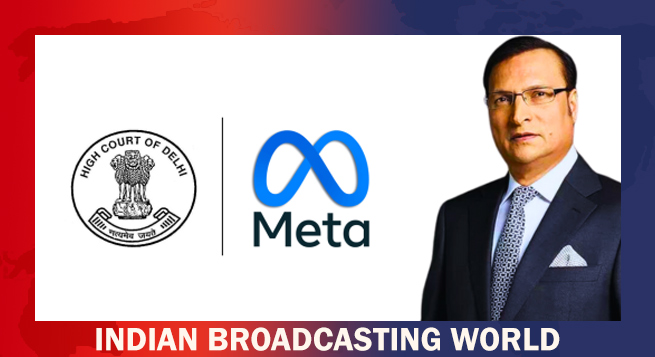 Delhi HC orders meta to remove deepfake videos of Rajat Sharma
Delhi HC orders meta to remove deepfake videos of Rajat Sharma 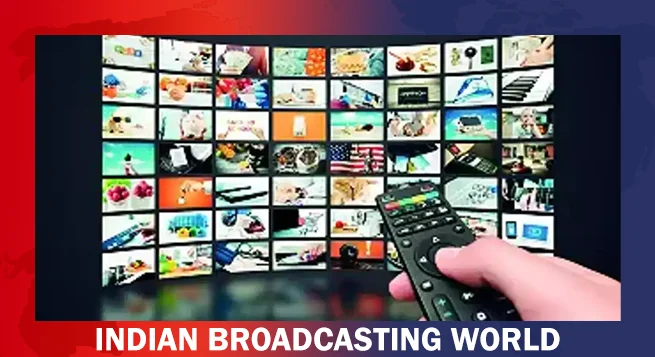 Govt. blocked 18 OTT platforms for obscene content in 2024
Govt. blocked 18 OTT platforms for obscene content in 2024 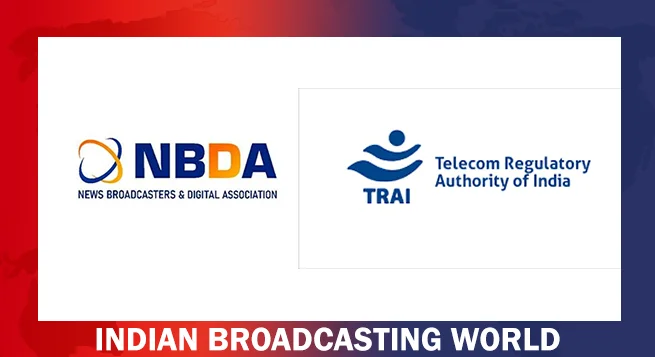 Broadcasting industry resists inclusion under Telecom Act
Broadcasting industry resists inclusion under Telecom Act  DTH viewing going down & a hybrid ecosystem evolving: Dish TV CEO
DTH viewing going down & a hybrid ecosystem evolving: Dish TV CEO 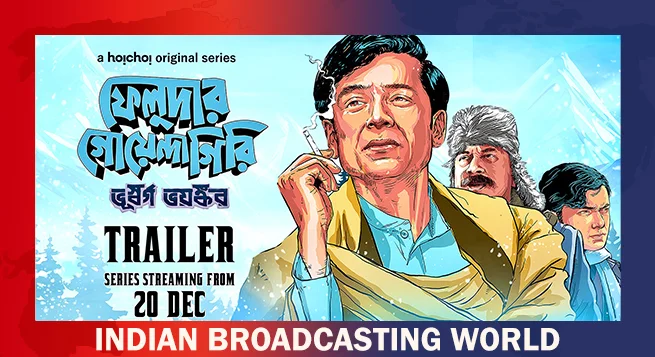 New adventure of detective Feluda debuts on Hoichoi Dec. 20
New adventure of detective Feluda debuts on Hoichoi Dec. 20  ‘Pushpa 2’ breaks records as most watched film of 2024: BookMyShow Report
‘Pushpa 2’ breaks records as most watched film of 2024: BookMyShow Report  Hungama OTT unveils ‘Pyramid’
Hungama OTT unveils ‘Pyramid’  Amazon MX Player to premiere ‘Party Till I Die’ on Dec 24
Amazon MX Player to premiere ‘Party Till I Die’ on Dec 24  aha Tamil launches ‘aha Find’ initiative with ‘Bioscope’
aha Tamil launches ‘aha Find’ initiative with ‘Bioscope’  Netflix India to stream WWE content starting April 2025
Netflix India to stream WWE content starting April 2025 


